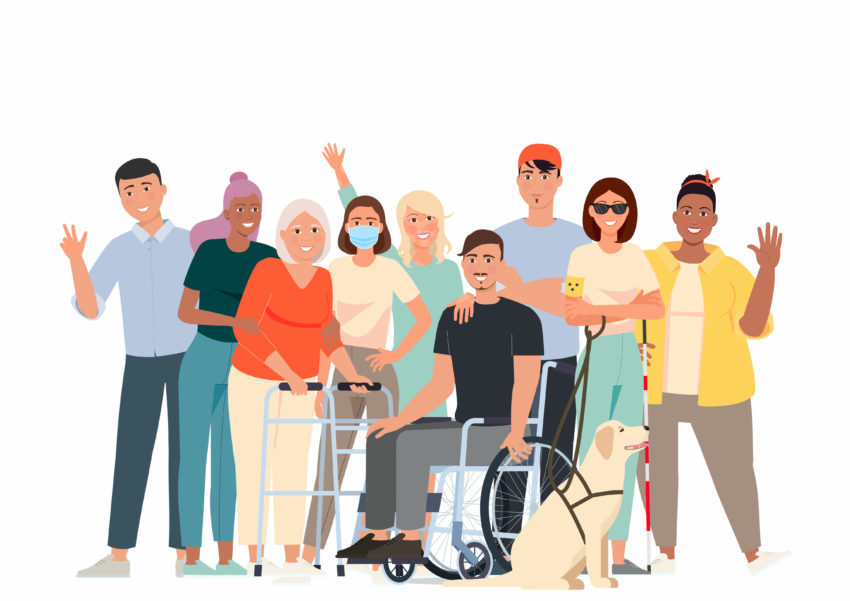Inclusion is Not Enough
Author: Sophia Hanani
The signs are around campus, and you can see them if you look hard enough. A wheelchair ramp here; braille in the elevator there; an online lecture with subtitles. The inclusion of students with disabilities on college campuses is subtle; never overt. This is because college campuses often only meet the legally-required amount of accommodations for students with disabilities. Braille around campus is a perfect example of this; while many offices have the number in braille next to the door, the name of the office or who is inside is oftentimes not available, causing great inconveniences for students who rely on braille to get around campus.
Going the extra mile to make campus more convenient and accessible for students with disabilities can be seen by college staff or administrators as excessive spending for a small minority of students; however, the number of students with diagnosed disabilities on college campuses is only increasing. Almost 20% of American undergraduate students reported having a disability in 2016, and the majority of universities internationally report having students with disabilities. A disability is any physical or mental condition that substantially limits a major life activity. And a disability is not always visible to an unknowing passerby; diabetes, ADHD, and anxiety are all disabilities that can interfere with students’ abilities to attend class constantly, give presentations, or be in class for long periods of time without eating food or taking a break.

Campuses taking the extra step to understand the needs of students with disabilities is critical; by the end of their first year in college, 25% of students with disabilities will drop out – this reaches 35% by the end of their sophomore year. There are many ways that campuses can go beyond the legal requirements to be more inclusive of their students that have disabilities; training all staff and professors to understand how best to be accommodating to students is one. Making sure all buildings have working elevators and descriptive braille is another. Ultimately, listening to students with disabilities about what changes would help make campus and campus culture more inclusive is the greatest step colleges and universities can take.
References:
Brooks, Jazmyn, and Tamara Colon. “Higher Education’s Challenge: Disability Inclusion on Campus.” Higher Education Today, 20 Oct. 2020, https://www.higheredtoday.org/2020/10/19/higher-educations-challenge-disability-inclusion -campus/.
“Definition of a Disability.” Great Plains ADA Center, https://www.gpadacenter.org/definition-disability.
Hinz, Serena E. “Characteristics and Outcomes of Undergraduates with Disabilities.”
National Center for Education Statistics (NCES) Home Page, a Part of the U.S. Department of Education, 20 Dec. 2017, https://nces.ed.gov/pubsearch/pubsinfo.asp?pubid=2018432.